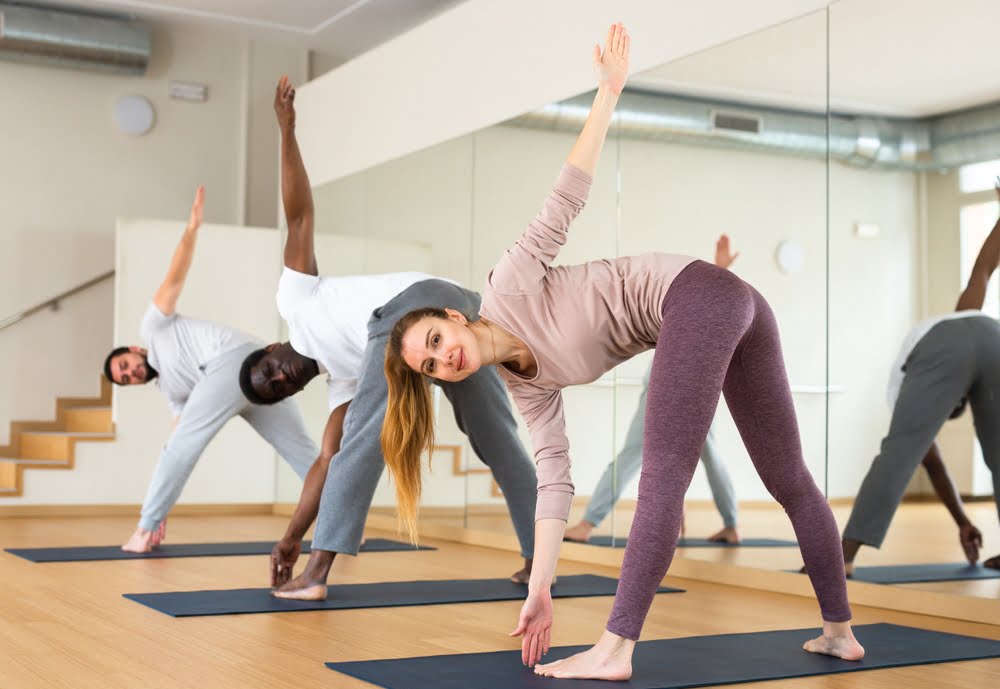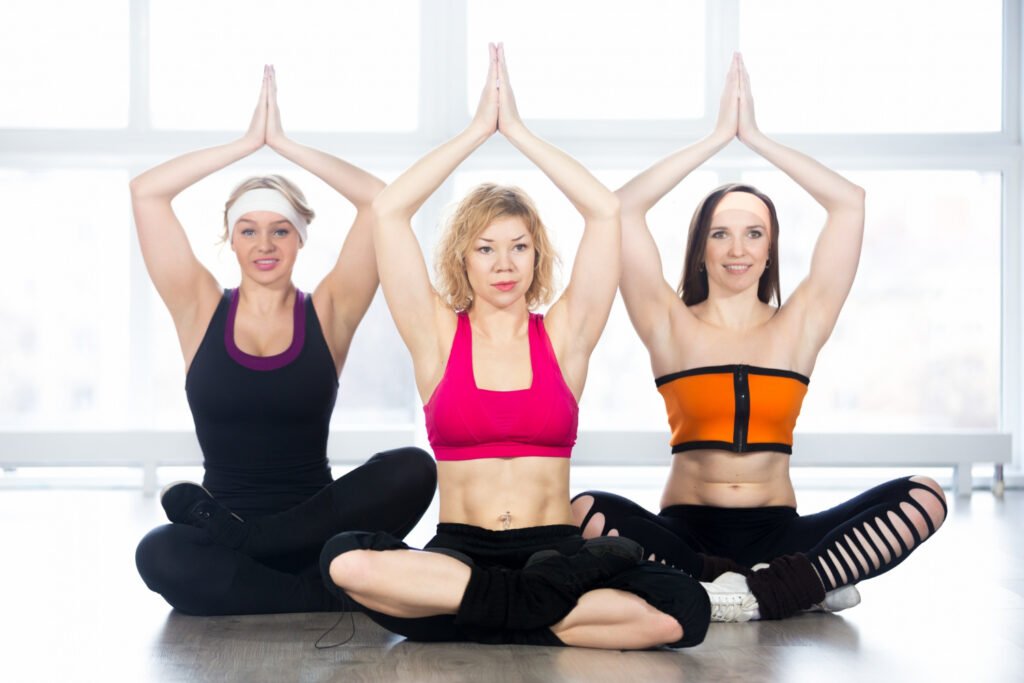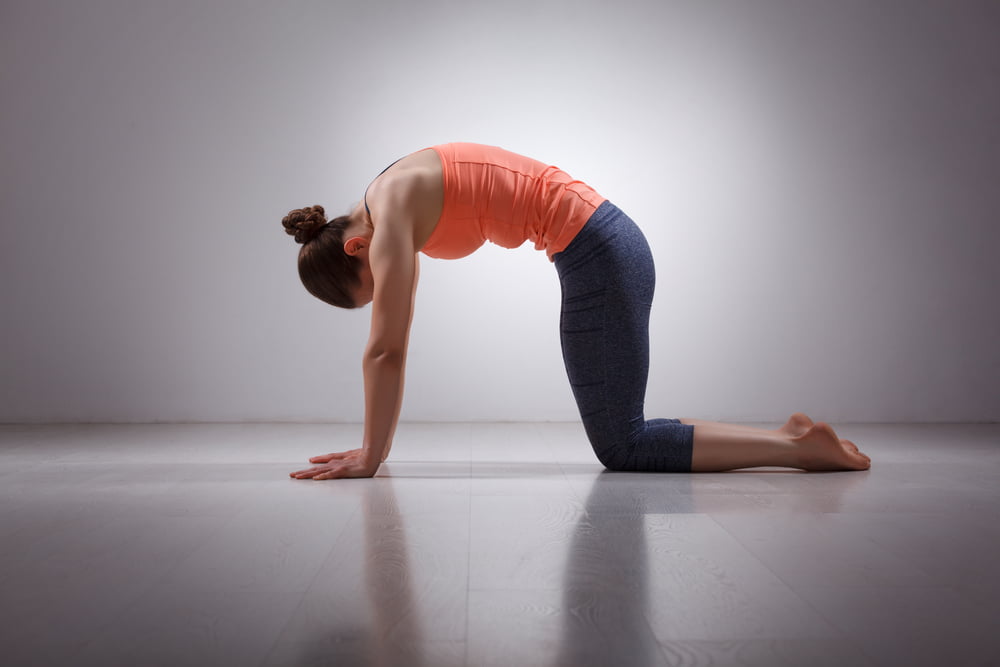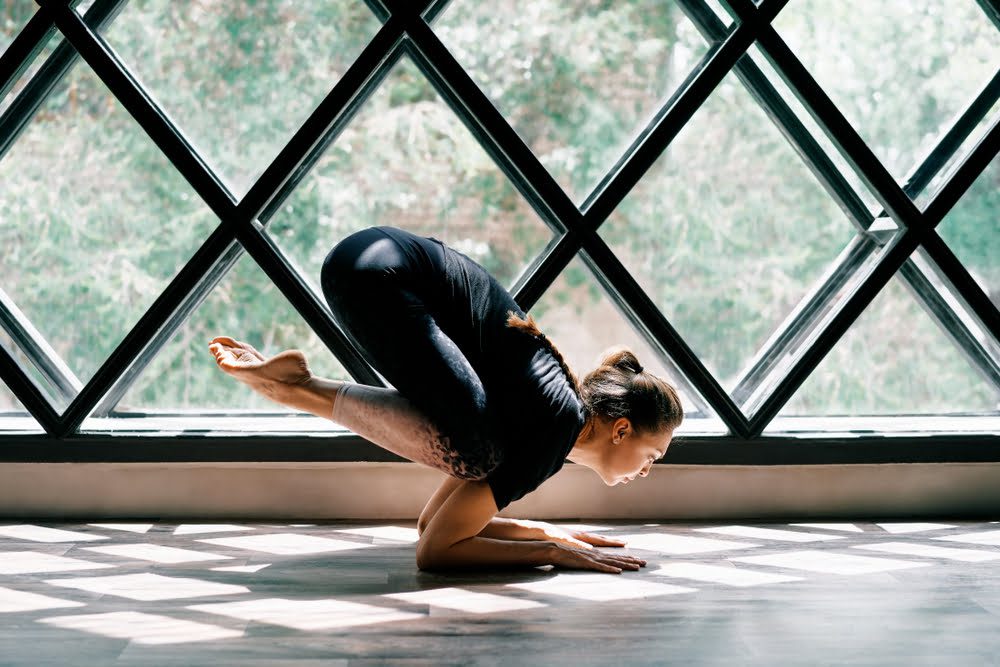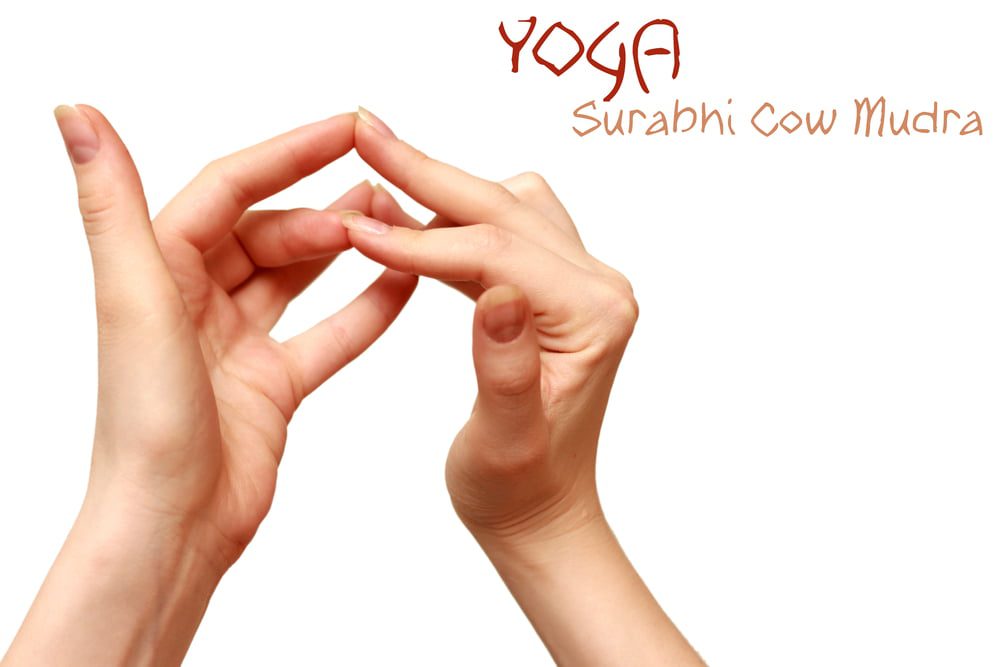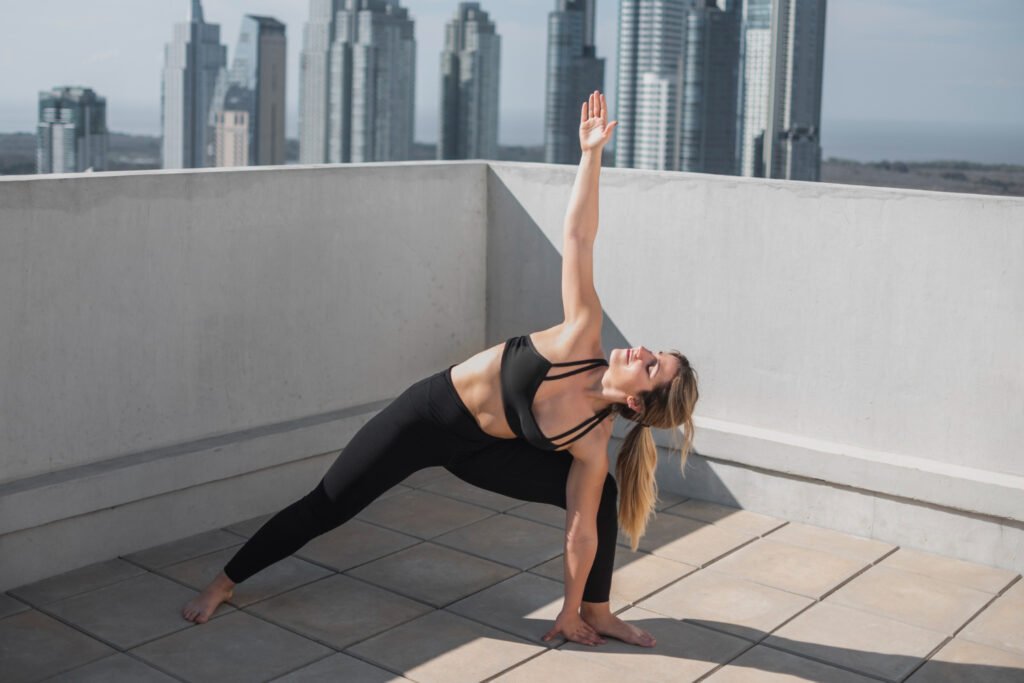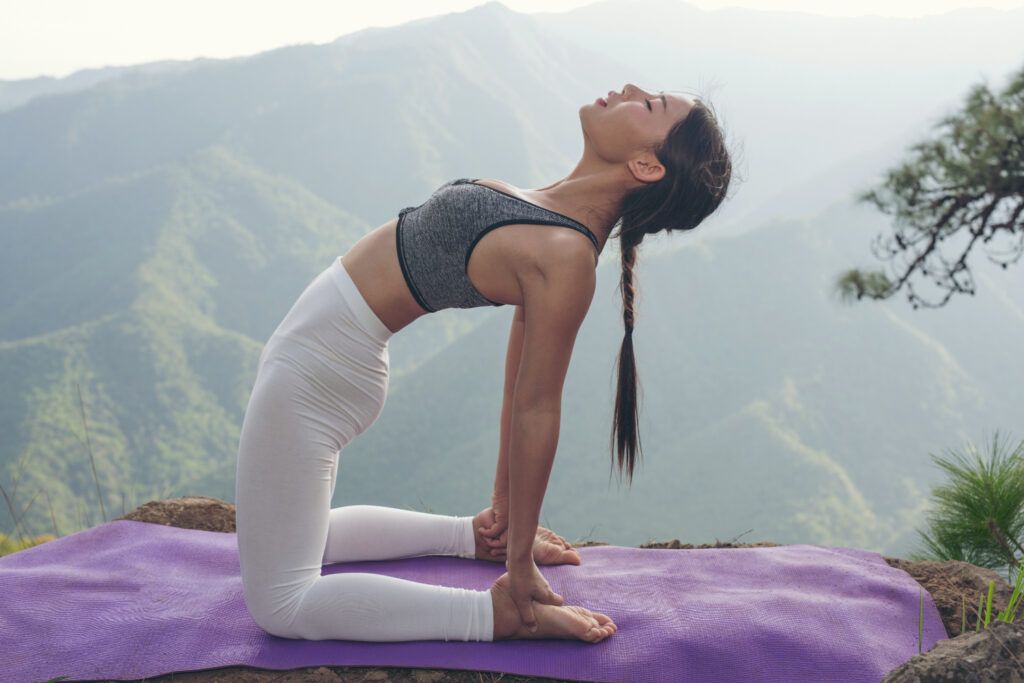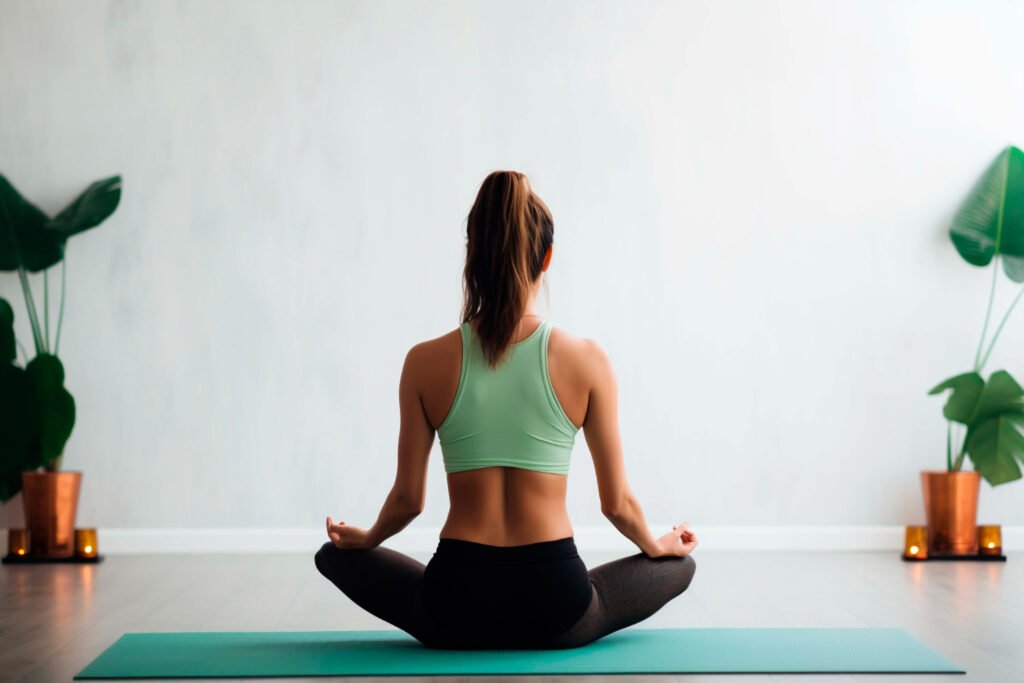Welcome to the serene world of yoga, where ancient practices meet modern lifestyles. Among the plethora of yoga poses, the Windmill pose stands out as a graceful yet challenging asana. In this comprehensive guide, we delve into the depths of the Windmill pose, exploring its benefits, the correct way to perform it, precautions to take, common mistakes to avoid, and more. Whether you’re a seasoned yogi or a beginner seeking tranquility, this article is your gateway to mastering the Windmill pose.
Understanding the Windmill Pose.
The Windmill pose, also known as Parivrtta Prasarita Padottanasana in Sanskrit, combines elements of flexibility, strength, and balance. This standing forward bend variation involves a deep twist of the torso, engaging the core muscles while promoting spinal mobility and hamstring flexibility.
Benefits of the Windmill Pose.
- Spinal Health: The rotational movement in the Windmill pose helps to improve spinal flexibility and alleviate stiffness in the back.
- Core Strength: Maintaining balance in the pose requires activation of the core muscles, toning the abdominal region.
- Improved Digestion: The twisting motion massages the abdominal organs, stimulating digestion and relieving bloating.
- Stress Relief: Practicing the Windmill pose promotes relaxation by calming the mind and releasing tension stored in the body.
- Increased Circulation: The inversion aspect of the pose enhances blood flow to the brain, boosting energy levels and mental clarity.
How to Perform the Windmill Pose?
- Begin in a wide-legged stance with your feet parallel to each other.
- Extend your arms out to the sides at shoulder height, palms facing down.
- Inhale and lengthen your spine, engaging your core.
- Exhale as you hinge at the hips, folding forward from the hips, keeping your spine long.
- Place your left hand on the floor directly under your shoulder, fingertips in line with your toes.
- Inhale and reach your right arm up towards the sky, opening your chest.
- Exhale and twist your torso, reaching your right arm towards the left foot, maintaining length in the spine.
- Hold the pose for 3-5 breaths, then slowly release and repeat on the other side.
Precautions.
- Avoid practicing the Windmill pose if you have a recent or chronic injury to the spine, hips, or shoulders.
- Pregnant women should exercise caution and consult with a qualified yoga instructor before attempting the pose.
- If you experience any pain or discomfort during the pose, gently come out of it and seek guidance from a yoga teacher.
- Always warm up the body with gentle stretches before attempting advanced yoga poses like the Windmill.
Common Mistakes to Avoid.
- Overarching the lower back: Maintain a neutral spine throughout the pose to avoid strain on the lumbar region.
- Collapsing the chest: Keep the chest open and the shoulders away from the ears to maximize the twist and chest expansion.
- Locking the knees: Soften the knees slightly to prevent hyperextension and protect the joints.
- Forcing the twist: Move into the twist gradually, listening to your body’s cues and respecting your limits.
Scientific Evidence.
Studies have shown that yoga practices incorporating twisting postures like the Windmill pose can have positive effects on spinal health, muscular strength, and overall well-being. Research published in the Journal of Bodywork and Movement Therapies highlights the benefits of yoga for improving flexibility, reducing stress, and promoting relaxation.
Frequently Asked Questions.
Yes, beginners can practice the Windmill pose with modifications and proper guidance from a qualified yoga instructor.
Aim to hold the pose for 3-5 breaths on each side, gradually increasing the duration as you become more comfortable with the pose.
Yes, the rotational movement in the pose can help alleviate tension and discomfort in the back, but it’s important to practice with proper alignment and awareness.
Bottom Line.
As you embark on your journey to master the Windmill pose, remember that yoga is not just about physical postures, but also about cultivating mindfulness and self-awareness. By practicing with intention and compassion for your body, you can unlock the numerous benefits of this beautiful asana. Whether you’re seeking to enhance your flexibility, strengthen your core, or simply find peace of mind, the Windmill pose invites you to embrace the flow of life with grace and ease.
How we reviewed this article:
Our team of experts is always monitoring the health and wellness field, ensuring that our articles are updated promptly as new information emerges. See Our Editorial Process
May 13, 2025
Written By: Sarah Waskevich
Reviewed By: Kim Ross
Written By: Sarah Waskevich
Reviewed By: Kim Ross

 Workout
Workout
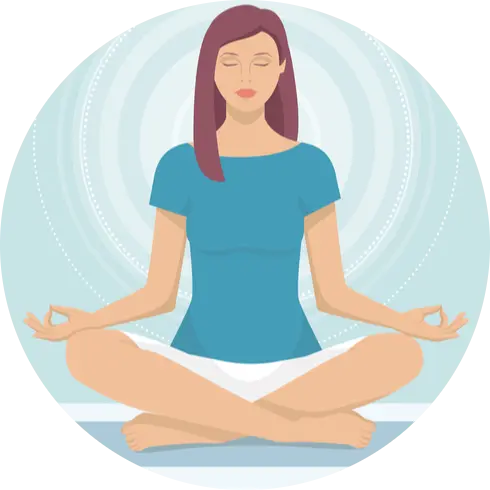 Meditation
Meditation





 Contact Us
Contact Us

